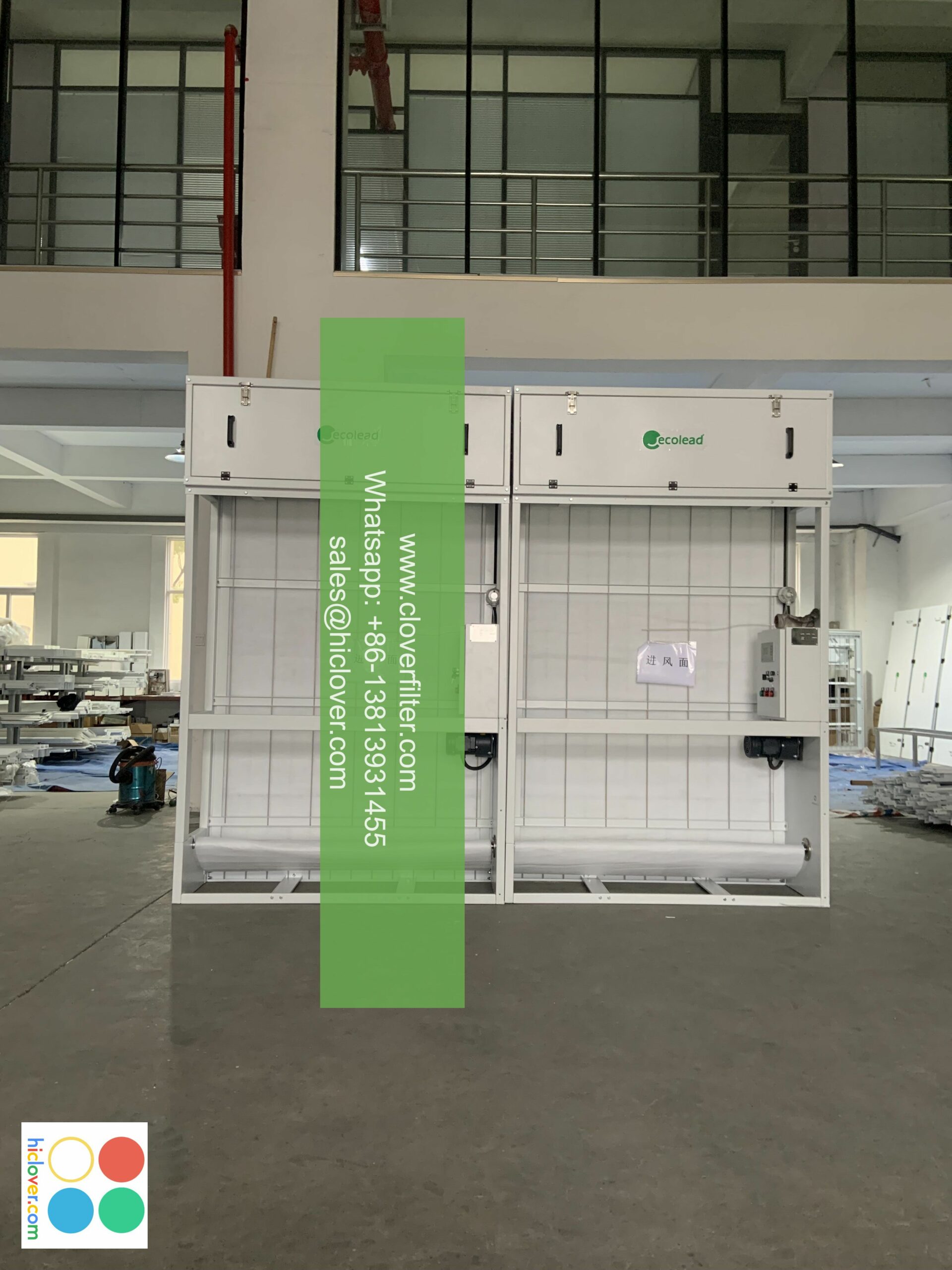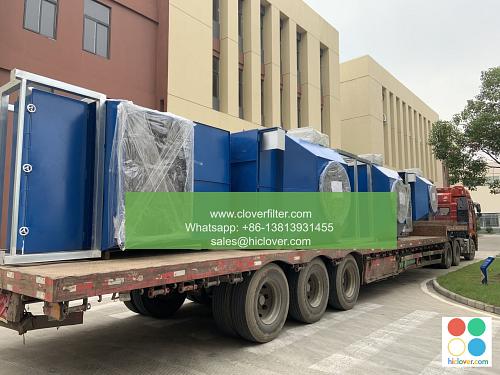The Science Behind Air Filter Reports: Understanding MERV Ratings

Air filter reports and MERV (Minimum Efficiency Reporting Value) ratings are crucial in determining the effectiveness of air filtration systems in various industrial, commercial, and residential applications. In this article, we will delve into the science behind air filter reports, exploring the significance of MERV ratings, and their impact on indoor air quality (IAQ), heating, ventilation, and air conditioning (HVAC) systems, and air pollution control.
What are MERV Ratings?
MERV ratings are a standard measure of an air filter’s ability to capture particles of different sizes. Developed by the American Society of Heating, Refrigerating, and Air-Conditioning Engineers (ASHRAE), MERV ratings range from 1 to 20, with higher ratings indicating a filter’s capacity to capture smaller particles. The rating is based on the filter’s performance in capturing particles in three size ranges: EMA (electrically charged media air) filters, HEPA (high efficiency particulate air) filters, and ULPA (ultra-low penetration air) filters.
Understanding MERV Rating Categories
The MERV rating system categorizes air filters into six groups, each with its own set of minimum efficiency requirements:
* MERV 1-4: Basic filters, capturing particles as small as 10 microns, suitable for residential applications and light commercial use.
* MERV 5-8: Better filters, capturing particles as small as 3-10 microns, suitable for commercial applications and industrial processes.
* MERV 9-12: Good filters, capturing particles as small as 1-3 microns, suitable for hospitality, healthcare, and food processing industries.
* MERV 13-16: Excellent filters, capturing particles as small as 0.3-1 microns, suitable for pharmaceutical, biotechnology, and cleanroom applications.
* MERV 17-20: High-efficiency filters, capturing particles as small as 0.1-0.3 microns, suitable for aerospace, nuclear, and high-tech manufacturing industries.
Key Factors Influencing MERV Ratings
Several factors influence MERV ratings, including:
* Filter media type: The type of material used in the filter, such as fiberglass, synthetic fibers, or nanofibers, affects its MERV rating.
* Airflow rate: The rate at which air passes through the filter impacts its efficiency and MERV rating.
* Particle size distribution: The size and distribution of particles in the air affect the filter’s ability to capture them and its MERV rating.
Applications of MERV Ratings
MERV ratings have numerous applications in various industries, including:
* Industrial air pollution control: MERV ratings help select filters that can capture particles and pollutants in industrial settings, such as power plants, chemical processing, and mining operations.
* Commercial HVAC systems: MERV ratings ensure that air filters used in commercial buildings, such as office buildings, schools, and hospitals, can maintain good IAQ and reduce the risk of airborne diseases.
* Residential air quality improvement: MERV ratings help homeowners select filters that can improve IAQ, reduce , and create a healthier living environment.
Conclusion
In conclusion, understanding MERV ratings is essential for selecting the right air filter for various applications. By considering the science behind air filter reports and MERV ratings, individuals can make informed decisions about air filtration systems and maintain good IAQ, reducing the risk of air pollution and respiratory problems. Whether in industrial, commercial, or residential settings, MERV ratings play a crucial role in ensuring the effectiveness of air filtration systems and promoting a healthier environment. You haven’t provided a prompt or question for me to respond to. Please provide more context or information so I can assist you. What would you like to talk about or ask?

